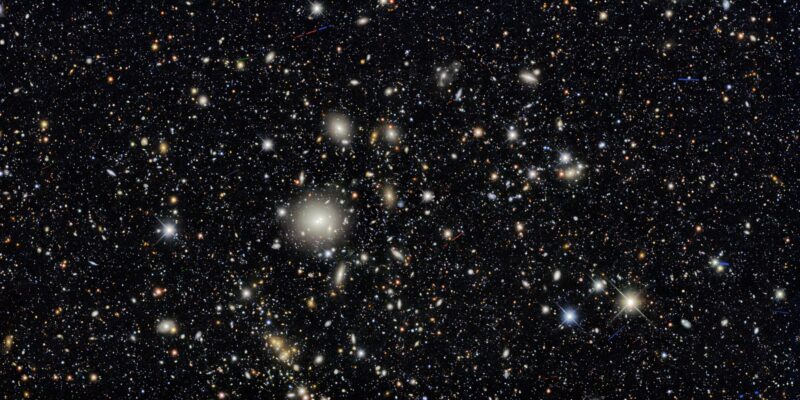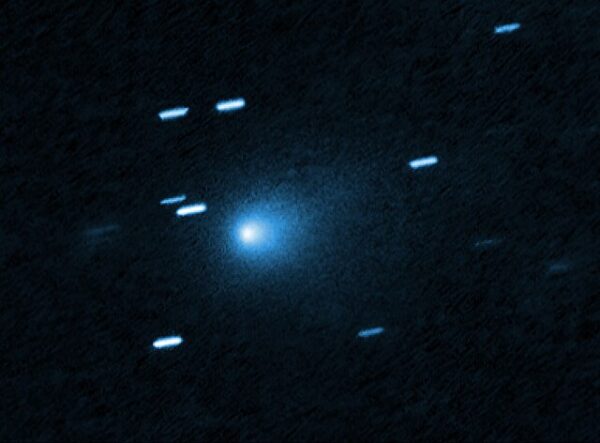
A new breakthrough in cosmology may finally explain a major force in space: dark energy.
Dark energy is the name given to one of the most mysterious forces in the universe. We know it exists, in part, due to the observation that our cosmos is in the process of ripping itself apart at the seams, Popular Mechanics explains.
“In the late 1990s, two teams of astronomers were out to settle a score. Cosmologists had been at odds for over a decade in their quest to measure the total amount of matter and energy in the universe. One set of observations from the early universe suggested that our cosmos was flat, meaning that it had precisely enough stuff in it to eventually glide our expanding universe to a gentle stop. Another set of observations, however, implied that our universe was open, meaning that there wasn’t nearly enough material to hold back a never-ending expansion.
The two teams measured distant supernovae: dying stars so bright that they could be seen from hundreds of millions of light years away. The astronomers used those supernovae to figure out the distances to their host galaxies, and determine how quickly those galaxies were receding away from us. From there, they could build up an expansion history of the universe and figure out the total matter and energy contents of the cosmos.
In the great flat-vs-open debate, the two teams revealed their surprising answer: both.”
Now it looks like the problem has been solved.
Space.com writes, “When astronomers discovered that the universe is expanding at an accelerating rate, they theorized that some force must be pushing things farther apart and overcoming gravity, which should be slowing things down. That force was suggested to be dark energy, but no one has ever figured out from where it comes.
But a team of 17 international researchers led by the University of Hawaii has discovered the first evidence for the origin point of dark energy: Black holes.
Black holes acquire mass in two ways: accretion of gas and mergers with other black holes. But in studying nine billion years of black hole evolution in dormant giant elliptical galaxies, the researchers discovered that the older black holes are much larger than they should be based on those two methods of growth. That means there must be another way these black holes are acquiring mass. Researchers suggest the answer is dark energy in the form of vacuum energy, “a kind of energy included in spacetime itself … [that] pushes the universe further apart, accelerating the expansion,” according to a statement(opens in new tab).
‘If the theory holds, then this is going to revolutionize the whole of cosmology, because at last we’ve got a solution for the origin of dark energy that’s been perplexing cosmologists and theoretical physicists for more than 20 years,’ Dr. Chris Pearson of STFC RAL Space, a co-author of a study on the discovery, said in a statement.”
If the research team is correct, they will have solved one of the biggest mysteries in our universe. But one scientist told The Guardian that “there is “far more work is needed before it will gain acceptance. Among many questions remaining is how black holes can pull everything nearby towards them while simultaneously driving the universe apart.
‘There are most likely more mundane explanations,’ Cardoso said of the results. ‘The relation this work investigates between black hole mass and universe expansion rate is somewhat naive…and not supported on fundamental principles.’
‘What this study could also say is something as simple as ‘black holes evolve differently today than they did billions of years ago’, he added. ‘It’s much, much too early to think that black holes are in any way related to dark energy.’
Farrah agrees there is more to do. ‘We certainly haven’t proved anything here,” he said. “The evidence makes this idea worthy of scrutiny and further test, but it will take a lot more work to confirm or refute it.’”
[Read More: Oldest Hebrew Bible Up For Sale]









